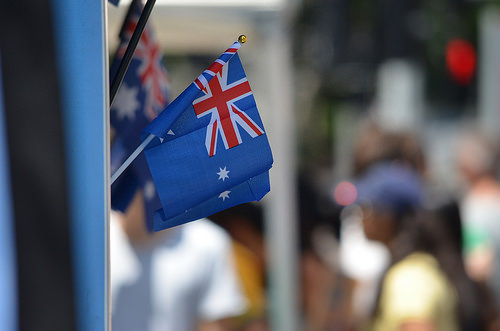
The E-3 Visa is only for Australian specialty workers and their family (spouse and children under 21). E-3s are a great option for Australians because they are easier to obtain than H-1b visas and while there is an annual limit on E-3 visa of 10,500, this limit has never been reached which means these visas are available for Australians on a year-round basis.
The origin of the E-3 visa is an interesting historical note. While it was created by a trade deal with Australia in 2005, the political weight to pass the deal was based on Australia’s support of the U.S. during the first Gulf War and Afghanistan. Consequently, Australian professionals have a much simpler path to work in the U.S. than professionals from other countries. A good article discussing the origin of the visa can be found here.
The basic requirements for a E-3 visa are that the beneficiary must fill a specialty occupation in the United States that requires (1) the use of “theoretical and practical knowledge in a professional field” and (2) a Bachelor’s Degree or its equivalent. This visa requires an existing offer of employment whether the beneficiary is inside or outside the U.S.
Below is a video overview of the E-3 process, and can also be found on our Youtube channel.
The Process
In contrast to the E-3 visa’s close cousin, the H-1b visa, E-3 applicants can apply for their visa directly at a U.S. consulate or embassy in Australia without having to first obtain an approved I-129 petition from U.S. Citizen and Immigration Services (the petition typically used for temporary professional workers). E-3s do however still have to obtain an approved Labor Condition Application (LCA) from the Department of Labor as well as provide the following:
- Academic and other professional credentials pertaining to the specialty position
- Letter from U.S. employer describing the job offer and other documents detailing the specialty position filled by the beneficiary as well as the assurance that compensation will be “the higher of the actual or prevailing wage”
- The necessary license or permission for the occupation, if required
Once a certified LCA is obtained and the rest of the supporting documents for the E-3 application have been assembled, the applicant takes the packet and applies directly at a consulate for their E-3 visa. Upon visa issuance, the Australian national can then travel to the U.S. and enter in E-3 status for an initial period of 2 years.
If the Australian national is already in the United States in another lawful status and wants to change their status to E-3, they have two options. They can return to Australia and apply as described above, or they can file to change their status within the U.S. If they chose this second option, they are then required to file a I-129 petition with the other supporting documents discussed above, which adds time and expense to the process, but still may be preferable for some individuals who do not want to travel home for their application.
The E-3 Visa is valid for terms of two years at a time and are eligible for unlimited extensions (with some exceptions).
Photo Credit: itsnotyouitsbri Flickr via Compfight cc
